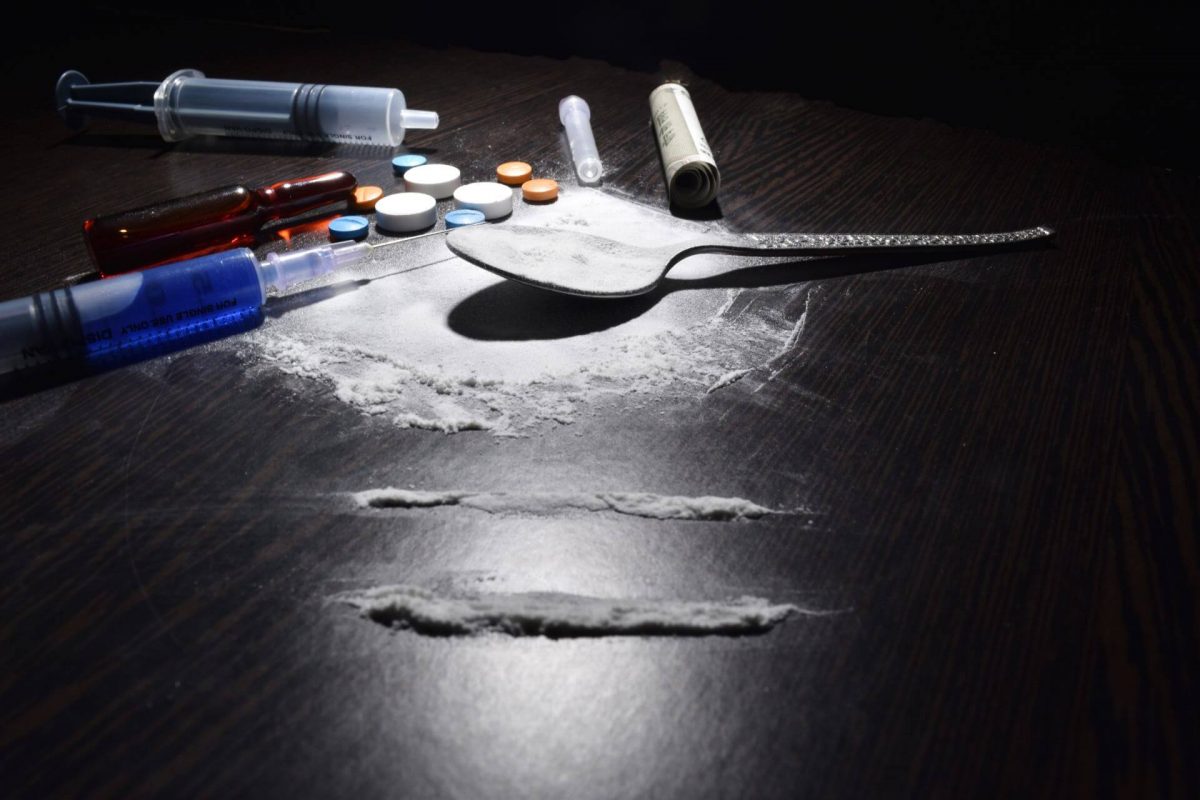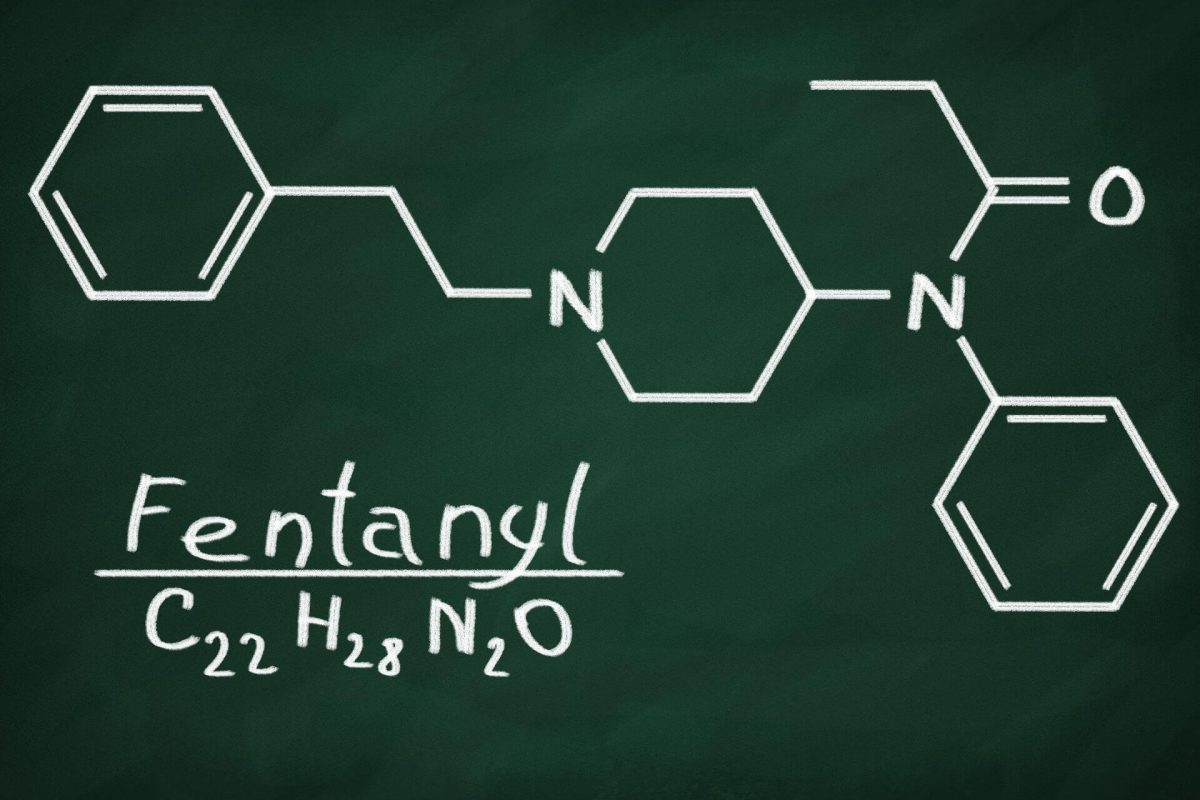The simple answer is yes, illicit fentanyl is fast becoming the world’s deadliest street drug. The 1970s were dominated by cocaine abuse, the 1990s by heroin abuse, and the 2000s by prescription drugs like Oxycontin and Vicodin. It appears we are facing a far-reaching, life-threatening crisis of fentanyl misuse, abuse, and poisoning in this era.
Fentanyl is not a new drug. It is a Schedule II controlled substance prescribed as a powerful analgesic or painkiller for decades. The problem is fentanyl is now so readily available for the man in the street that abuse of it has reached epidemic levels. The synthetic opioid is used to lace other drugs to make them more potent, making it the most dangerous poisonous substance in circulation on the streets.
Fentanyl overdose facts
Deaths from fentanyl overdoses have spiked to previously unseen levels of any prescription drug in history. Data released by the CDC shows that drug overdose deaths in the United States reached a record high of 93 331 in 2020; 69 771 deaths were from synthetic opioid overdoses, of which fentanyl is a significant contributor.
The CDC reported that synthetic opioids were involved in more than 60 percent of all opioid overdose deaths in 2020, significantly up from 18 percent in 2015.
What is fentanyl?
Fentanyl (also spelt fentanil) is a potent synthetic opioid 50 to 100 times stronger than morphine. It is a synthetic prescription drug that should only be taken under medical supervision to treat chronic pain, primarily post-surgery and cancer treatment. Fentanyl is also used together with other medications for anaesthesia.
Fentanyl addiction typically occurs when patients develop a physical tolerance to the drug from long-term use and require larger and more frequent doses to get the same pain relief they experienced when they first started taking the prescription drug. Prescription brand names for fentanyl include Actiq®, Duragesic®, and Sublimaze®.
As an illegal recreational drug, fentanyl is taken on its own or mixed with cocaine, heroin, or methamphetamines. China is the largest distributor of illicit fentanyl found on the streets due to its pharmaceutical industry’s lack of strict regulation.
Illegal fentanyl is made and distributed in various forms; as a patch, injectable liquid, pill, lozenge, powder, eyedropper, or nasal spray.
Street names for fentanyl include:
- China Girl
- China Town
- China White
- Dance Fever
- Goodfellas
- Great Bear
- He-Man
- beans
- green apples
- shady eighties
- fake oxy
What is fueling the fentanyl crisis?
Easier to get than other street drugs
Fentanyl is up to 100 times more potent than other prescription drugs made from natural forms of morphine. What makes the drug so deadly now is how easy it is to obtain. Fentanyl is openly marketed on the Internet, and you can buy it as a mail-order product, shipped from illicit laboratories in China and Mexico. The illegal trade of fentanyl by-passes international drug cartels and goes directly to dealers and consumers as small packages delivered by standard mail.
Researchers from RAND Corporation recently reported several Chinese laboratories will ship a kilogram of almost pure fentanyl to the US for as little as $2 000. They noted a shipment of heroin with the same potency would cost 50 times more.
Physician kickbacks
Another factor contributing to the fentanyl poisoning crisis is unethical physicians overprescribing the synthetic opioid or prescribing it to patients who do not have cancer or breakthrough pain from surgeries. The doctors receive kickbacks from certain drug manufacturers for prescribing synthetic opioids like fentanyl, costing medical insurance companies millions for false claims and putting thousands of lives at extreme risk.
Cheaper additive
Drug dealers use fentanyl as a cheaper additive to lace heroin. It takes very little of the synthetic opioid to get the high that users crave. So many users die from a heroin overdose because they don’t know that the street drug they bought is laced with fentanyl, or they underestimate how strong the fentanyl additive is and take more than their body can tolerate.
Dealers mostly use fentanyl to cut heroin because there’s a shortage of heroin, the street drug is more expensive, and it’s easier to smuggle a lighter and smaller package of fentanyl.
Did you know?
Drug dealers sell fentanyl by kilogram. One kilogram of fentanyl can potentially kill 500 000 people.
The DEA reported illicit fentanyl pills to contain between 0.2 to 5.1 milligrams of the synthetic drug, more than twice the legal dose of legally prescribed pills. Over 40 per cent of fentanyl pills sold illegally contained at least two milligrams of fentanyl. Two milligrams of fentanyl is lethal, depending on your size, past usage and tolerance to the drug.
How causes fentanyl addiction?
Fentanyl is an opioid in the same class as heroin, codeine, morphine, and prescription drugs like oxycodone (OxyContin®) and hydrocodone (Vicodin®). It binds to opioid receptors found in parts of your brain that naturally control emotions and sensations of pain, relaxation, pleasure, and wellbeing. Fentanyl mimics natural opioids like morphine, but the effects are more potent.
Your brain adapts to the long-term use of fentanyl by reducing or shutting down opioid receptors. This affects how pain signals are sent through the spinal cord and central nervous system and alter how you experience pain. You develop a drug tolerance and need more of the drug more frequently to get the same effect as when you started taking the opioid.
Fentanyl overdose deaths are caused by hypoxia, a brain condition caused by a decrease in oxygen levels. When someone overdoses on fentanyl, their breathing slows down to a dangerous level or stops. Hypoxia leads to a coma, permanent brain damage, and death if not treated in time.
Warning signs of fentanyl dependency

The most common side effect of fentanyl misuse or abuse is addiction. Tolerance quickly builds and leads to drug dependency and addiction, known as substance use disorder. The disorder occurs as a result of permanent changes in brain chemistry and function.
Fentanyl addiction will cause you to constantly seek out the drug regardless of negative consequences, such as financial ruin, broken relationships, physical and mental problems, overdose, and death.
There is no cure for fentanyl addiction, but it is a treatable disorder. Physical and mental side effects can be alleviated with medical detox, followed by an integrated addiction treatment Program.
Common physical signs of fentanyl addiction
- chest pains, tight chest
- irregular heartbeat, racing heart
- dizzy, lightheaded, fainting
- ringing in ears, buzzing noise
- confusion, disorientated
- blurred, double vision
- cough, dry throat and mouth
- sneezing, sniffing, runny nose
- flu-like chills and fever
- trembling, shaky hands, muscles jerking
- back and joint pain, stomach cramps
- problems with walking and balance
- tingling feet, hands and lips
- swollen feet, ankles, calves, hands
- mouth or tongue ulcers, white spots
- black stools, severe constipation, light urine stream
- sunken eyes, bloodshot eyes
- convulsions, seizures
Common physiological signs of fentanyl addiction
- anxiety, depression
- extreme happiness, euphoria
- loss of interest in family, friends and activities
- exhaustion, fatigue
- extreme mood swings
- agitated, nervous, restless
- hallucinations
- paranoia, abnormal thoughts
Common fentanyl withdrawal symptoms
If you reduce or stop using fentanyl, you know you have developed a dependency if you experience withdrawal symptoms.
Mild fentanyl withdrawal symptoms start within 12 to 30 hours after taking your last dose. Symptoms get progressively worse and may become severe if not treated with an opioid antagonist.
Fentanyl withdrawal is very unpleasant and uncomfortable, and you should only stop using the drug under medical supervision. Even then, it can take months to start feeling normal after medical detox.
Typical withdrawal symptoms include:
- dilated, pinpoint pupils
- yawning, sleepy, fatigue
- watery eyes, runny nose
- chills, fever, sweating, goosebumps
- muscle and bone pain, weakness, cramps
- uncontrolled leg jerks
- rapid breathing, fast heart rate
- nausea, vomiting, diarrhea
- restless, agitated
- insomnia, restless sleep
Common signs of fentanyl overdose
- respiratory distress, depression and arrest
- snoring, gurgling sounds
- blue-tinged lips and fingertips
- clammy, pale, cold skin
- sleepiness
- unconscious, unresponsive
- coma
- death
How is fentanyl addiction treated?
Fentanyl addiction is classified as an opioid use disorder. The condition is treated with medical detox, followed by an integrated addiction treatment Program at an inpatient or outpatient rehab facility. Medicine is prescribed to manage withdrawal symptoms, and psychotherapy is recommended for long-term recovery.
The NDA has recently approved Lofexidine (Lucemyra) to treat opioid withdrawal symptoms. The drug is an opioid antagonist and acts on the central nervous system, providing mild pain relief, relaxation, and sedation. Lofexidine is similar to Clonidine, which has been used for a long time to treat opioid withdrawal symptoms. The problem with Clonidine is it can cause low blood pressure.
How is a fentanyl overdose treated?
A fentanyl overdose is treated with Naloxone, otherwise known as Narcan. The drug works by binding rapidly to opioids in your central nervous system, blocking the effects of opioids and stopping respiratory distress and arrest.
Fentanyl is more potent than other opioids like heroin, and someone who has overdosed on the drug usually requires more than one dose of Narcan. Narcan is administered as an injectable solution or a nasal spray.
It is recommended that family members of fentanyl users keep a Narcan kit on hand in case of an overdose. Narcan kits are portable pouches containing several doses of the opioid antidote, given by injection or sprayed up the nose.
Narcan kits can save people’s lives by rapidly reversing the effects of the fentanyl overdose and preventing them from going into respiratory failure, coma, or dying before the emergency services arrive.
What should you do to help?
If you suspect someone has overdosed on fentanyl, call for urgent emergency assistance. The person can deteriorate rapidly, and the sooner they get medical attention, the better the outcome.
Follow these steps while you wait for medical help:
Give the person Naloxone (Narcan) if you have the kit. Inject one vial into the arm or leg, or one spray into the nostril. Repeat if the person does not immediately respond.
Use the rescue breathing technique if the person is in respiratory arrest: 30 chest compressions and 2 rescue breaths.
Put the person into a recovery position if they are breathing on their own: roll them on their side, tilt their head back slightly to open the airway, place their hands under their head and fold their knees to support their stomach and prevent them from rolling onto their front.
Is it possible to recover from fentanyl addiction?

Addiction is defined as a “chronic, relapsing disorder characterised by compulsive drug seeking, continued use despite harmful consequences, and long-lasting changes in the brain. It is considered both a complex brain disorder and a mental illness.”
There is no straightforward cure for fentanyl addiction, but it is a treatable disease. A medically supervised detox will help you wean yourself off the drug, and withdrawal symptoms are managed in a safe, clinical environment.
If you have overdosed on fentanyl or live with an opioid use disorder, you must seek help before it’s too late. Fentanyl addiction is best treated with an integrated treatment Program at either an inpatient or outpatient rehab facility.
A comprehensive addiction care Program incorporates:
- medication to manage withdrawal symptoms
- psychotherapy (talk therapy), including cognitive behavioural therapy and interpersonal therapy
- various holistic therapies, including equine, arts and craft therapy
- support groups
- activities and regular exercise
- a healthy, balanced diet
- after-care support (recovery home, sober house)
We’re here to help.
Contact us today if you’d like a confidential and free chat with one of our qualified mental health and addiction care professionals at White River Manor in South Africa.







